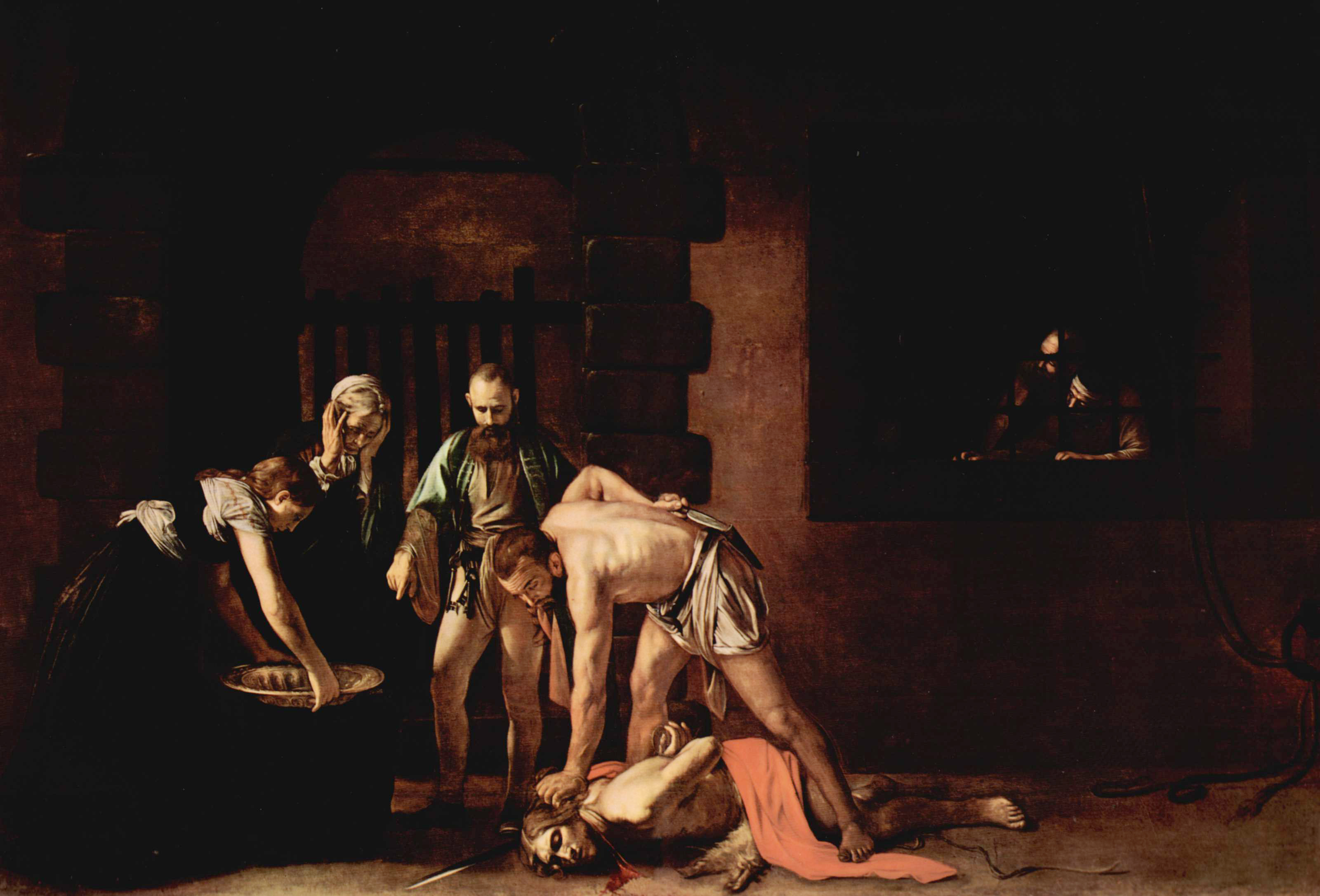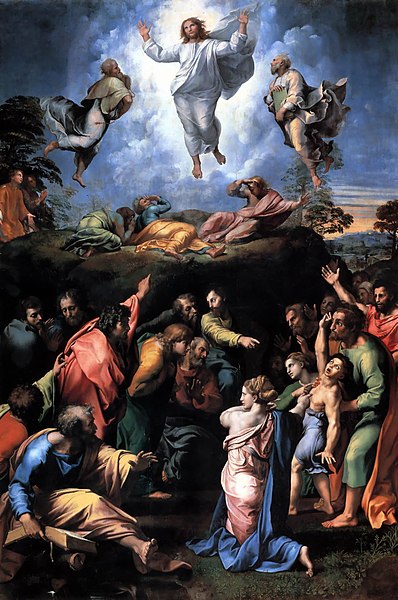
Today is the feast of St Clare of Assisi. She was a strong character, beating off well meaning Popes who wanted to dilute the radical poverty of the female Franciscans and make them more Benedictine (or, as that would have been at the time, "more conventional" and (of course) safer for the hierarchy, I'm not particularly Franciscan myself, but have always had a soft spot for stroppy nuns! As obviously did Pope Innocent IV when he wrote:
"O wondrous blessed clarity of Clare!
In life she shone to a few;
after death she shines on the whole world!
On earth she was a clear light;
Now in heaven she is a brilliant sun.
O how great the vehemence of the
brilliance of this clarity!
On earth this light was indeed kept
within cloistered walls,
yet shed abroad its shining rays;
It was confined within a convent cell,
yet spread itself through the wide world."
The words of the lady herself are worth noting:
(From a letter of St Clare to Blessed Agnes of Prague)
Happy the soul to whom it is given to attain this life with Christ, to cleave with all one’s heart to him whose beauty all the heavenly hosts behold forever, whose love inflames our love, the contemplation of whom is our refreshment, whose graciousness is our delight, whose gentleness fills us to overflowing, whose remembrance makes us glow with happiness, whose fragrance revives the dead, the glorious vision of whom will be the happiness of all the citizens of the heavenly Jerusalem. For he is the brightness of eternal glory, the splendour of eternal light, the mirror without spot.
Look into that mirror daily, O queen and spouse of Jesus Christ, and ever study therein your countenance, that within and without you may adorn yourself with all manner of virtues, and clothe yourself with the flowers and garments that become the daughter and chaste spouse of the most high King. In that mirror are reflected poverty, holy humility and ineffable charity, as, with the grace of God, you may perceive.
Gaze first upon the poverty of Jesus, placed in a manger, wrapped in swaddling clothes. What marvellous humility! What astounding poverty! The King of angels, Lord of heaven and earth, is laid in a manger. Consider next the humility, the blessed poverty, the untold labours and burdens which he endured for the redemption of the human race. Then look upon the unutterable charity with which he willed to suffer on the tree of the cross and to die thereon the most shameful kind of death. This mirror, Christ himself, fixed upon the wood of the cross, bade the passers-by consider these things: ‘All you who pass this way look and see if there is any sorrow like my sorrow.’ With one voice and one mind let us answer him as he cries and laments, saying in his own words: ‘I will be mindful and remember and my soul shall languish within me.’ Thus, O queen of the heavenly King, may you ever burn more ardently with the fire of this love.
Contemplate further the indescribable joys, the wealth and unending honours of the King, and sighing after them with great longing, cry to him: ‘Draw me after you: we shall run to the fragrance of your perfumes, O heavenly bridegroom.’ I will run and faint not until you bring me into the wine cellar, until your left hand be under my head and your right hand happily embrace me and you kiss me with the kiss of your mouth.
In such contemplation be mindful of your poor little mother and know that I have inscribed your happy memory indelibly on the tablets of my heart, holding you dearer than all others.
Santa Chiara, ora pro nobis!




![68kb jpg image of Saint Bernard of Clairvaux, the church of Heiligenkreuz Abbey near Baden bei Wien, Lower Austria, by Georg Andreas Wasshuber [Saint Bernard of Clairvaux]](http://saints.sqpn.com/wp-content/gallery/saint-bernard-of-clairvaux/saint-bernard-of-clairvaux-10.jpg)

